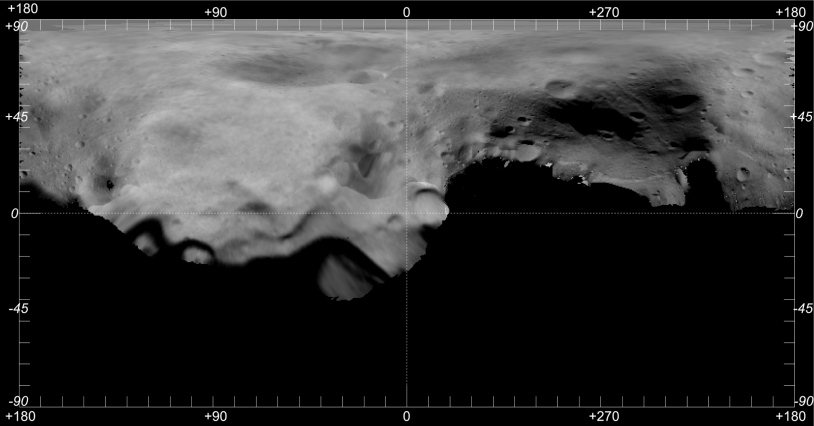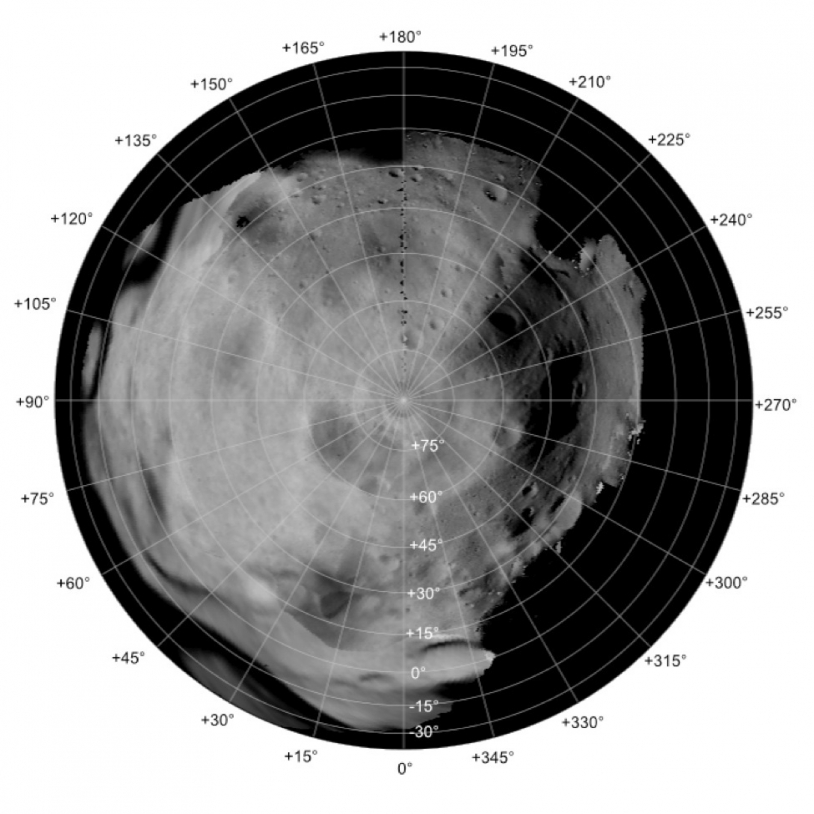An origin component of the Earth

The asteroid Lutetia (the Latin word for Paris in the Roman era) has been considered as atypical for a long time in the asteroid belt.
“The few data acquired on Lutetia from ground telescopes and compared with other asteroids already showed that Lutetia was different”, Francis Rocard, Solar System program scientist at CNES, explained.
Thanks to a flyby of the asteroid last year by the ESA's Rosetta probe, to which CNES is participating, as well as data obtained by NASA and ESO's telescopes, the 100-km mastodon's specifications have been compared to these of meteorites of Earth. Only one specific type of meteorites corresponds to Lutetia: the enstatite chondrites. However, these meteorites seem to have formed close to the young Sun and contributed to the Mercure, Venus and Earth formations.
So Lutetia would be a survivor of the origin material of Earth and would come from the inner solar system. “But this scenario does not correspond to the formation scenario of most of the belt's asteroids which begs the question of how Lutetia arrived there”, Pierre Vernazza (ESO), author of the study, added.
Cosmic billiard

Only a few objects did survive the formation of the inner planets which "cleaned" their orbits by absorbing the debris. Nevertheless, some objects could be ejected by gravitational forces produced by the planets in this region at this time.
“The young solar system experienced a complicated period during which many gravitational effects were involved”, Francis Rocard added. The forces produced by the young planets on Lutetia could explain its ejection towards the asteroid belt.
“Lutetia seems to be the biggest and one of the few known survivors of the rocky planet formations. It would be a great target for a sample return mission”, Pierre Vernazza concluded.